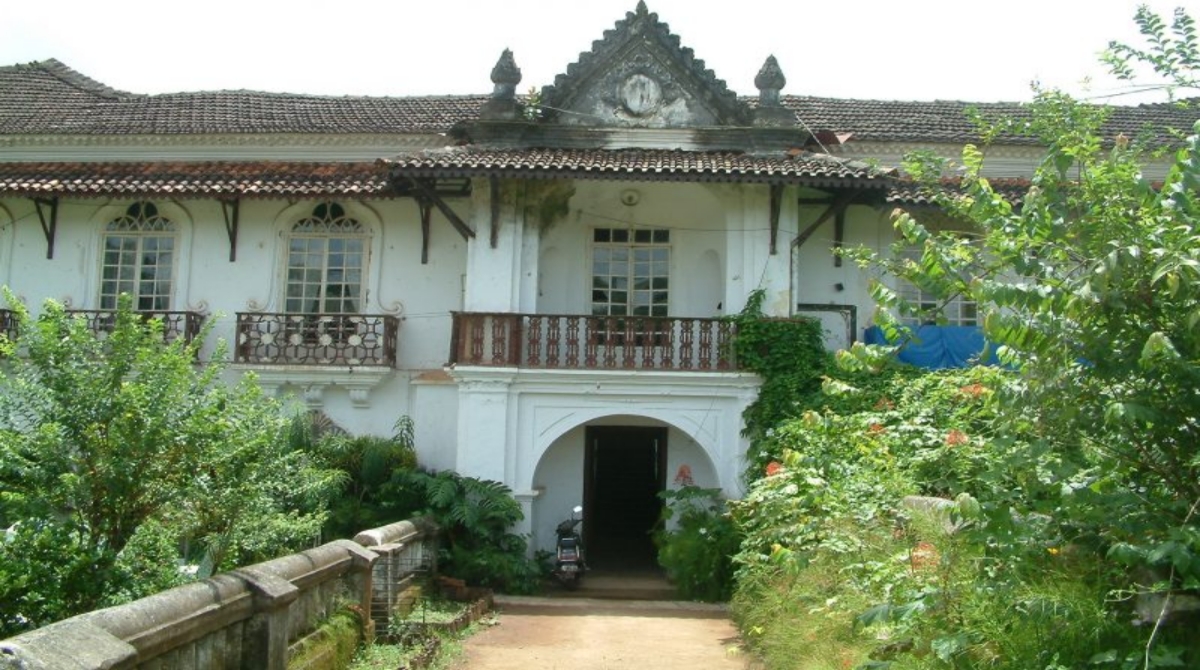Surrounded by means of hills and fields, with the Kushavati river passing through it, lies a historic village prosperous in heritage and culture, that showcases no longer solely the pre-Portuguese era, however additionally the Portuguese period and modern-day. This village, which is these days known as Chandor, was once until now regarded as Chandrapur, and was once the erstwhile capital of the Kadamba rulers, who reigned right here between the sixth and eleventh centuries CE.

Discover the gems of the oldest port in Goa
Chandor or Chandrapur has held the status of being the capital city of Goa during the early centuries of the Christian era and even through the medieval period as well. Since it was located in the hinterland and was protected from all sides, it was an ideal choice for being tagged as the capital. Connected to the Kushavati River, Chandrapur was also one of the most important trade centres of Goa.
Many excavations have been conducted in this locale and the neighbouring areas to identify and study the remains of the inhabitants and nautical structures, if any. Located 10 kilometres from the inland of Margao, Chandor boasts of chapels, churches and a historic temple among others, placed within its boundaries.
Chapel of St. Tiago & the Queen’s curse!
Located in the south-east part of Chandor, the Chapel of São Tiago is a revered place for the locals and an interesting find for the tourists.
When Chandrapur was invaded by enemies, the king and many of the inhabitants were murdered brutally. Out of despair, the princesses and ladies of the court destroyed their jewels and sacrificed their lives by throwing themselves into the river. Faith has it, that the river still leaves gold powder on the shore. The queen, who was absent from the palace then, received the sad news of her husband’s demise when she visited the city only to find it in desolation.
The cursed stone.
The legend associated with São Tiago’s chapel is that the queen stomped her feet at this stone (pictured above) and cursed all the women of Chandor with a fate, similar to hers as she sensed treachery by the people. Though this might sound like an intriguing story, folklore to you, the natives of this land have a strong belief in this curse, even to this day. So much so, that young men from Chandor migrate to other places nearby, before they intend on marrying anyone to date!
The ruins of Isvorachem Temple
If you want to unearth the history of Goa and its timeline through monuments, bookmark this right now. Dedicated to Lord Shiva, the Isvorachem Temple is a site rarely visited by tourists. In the 1930s, Father Henry Heras S. J. Excavated the area and unearthed an ancient Shiva temple and one of the biggest statues of Nandi, the bull (the divine guardian of Shiva) in India.
The remains of the statue of Nandi, the bull.
Archaeological Survey of India excavated this premise in 1974, under the supervision of archaeologist- S. R. Rao.
This led to the discovery of a 1500-year-old temple complex, which consisted of a garbhgriha (sanctum), adjoined by pradakshinapatha (circulatory passage), a huge sabhamandapa (assembly hall) and an average-sized mukhamandapa (porch). The figure of Nandi was disfigured by the 13th-century raiders, leaving it without a mouth and legs.

The colonial Braganza House
A specimen of Goa’s once-grand and wonderful mansions, the Braganza House in Chandor is the largest Portuguese mansion of its kind in the state.
This large palazzo was once constructed by using the Braganza household on the land, conceded by way of the King of Portugal. Currently, the residence is divided into two wings- east and west, each open to the public with an entry price on each side.
The west wing, which belongs to Menezes-Braganza family, homes a large library of Dr. Luís de Menezes Bragança, a famend journalist and chief of the Goan Independence motion and appears like a museum, extra than a home. The east wing, owned by means of Pereira-Braganza household is no longer as palatial as the former, however, the household chapel is the spotlight of this phase that consists of a cautiously hidden fingernail of St. Francis Xavier.

Observe the remains of the Nandi from the 11th century on the east of the temple as the rest of it is virtually absent. Discover these gems of Chandor to get in touch with the real history of Goa, through various historic monuments & folklore of the place. Keep a tab on the COVID guidelines and follow all the protocols before planning your date with Goan history.


